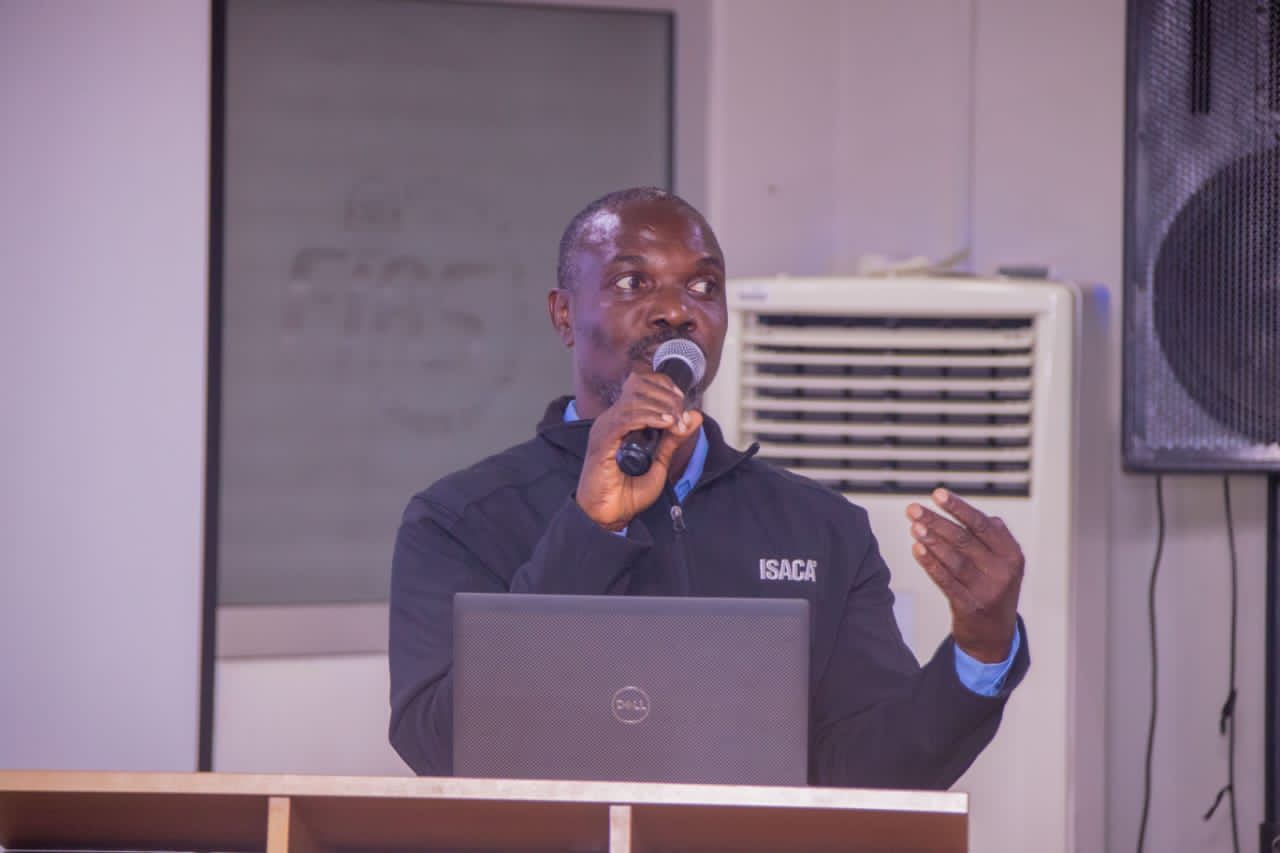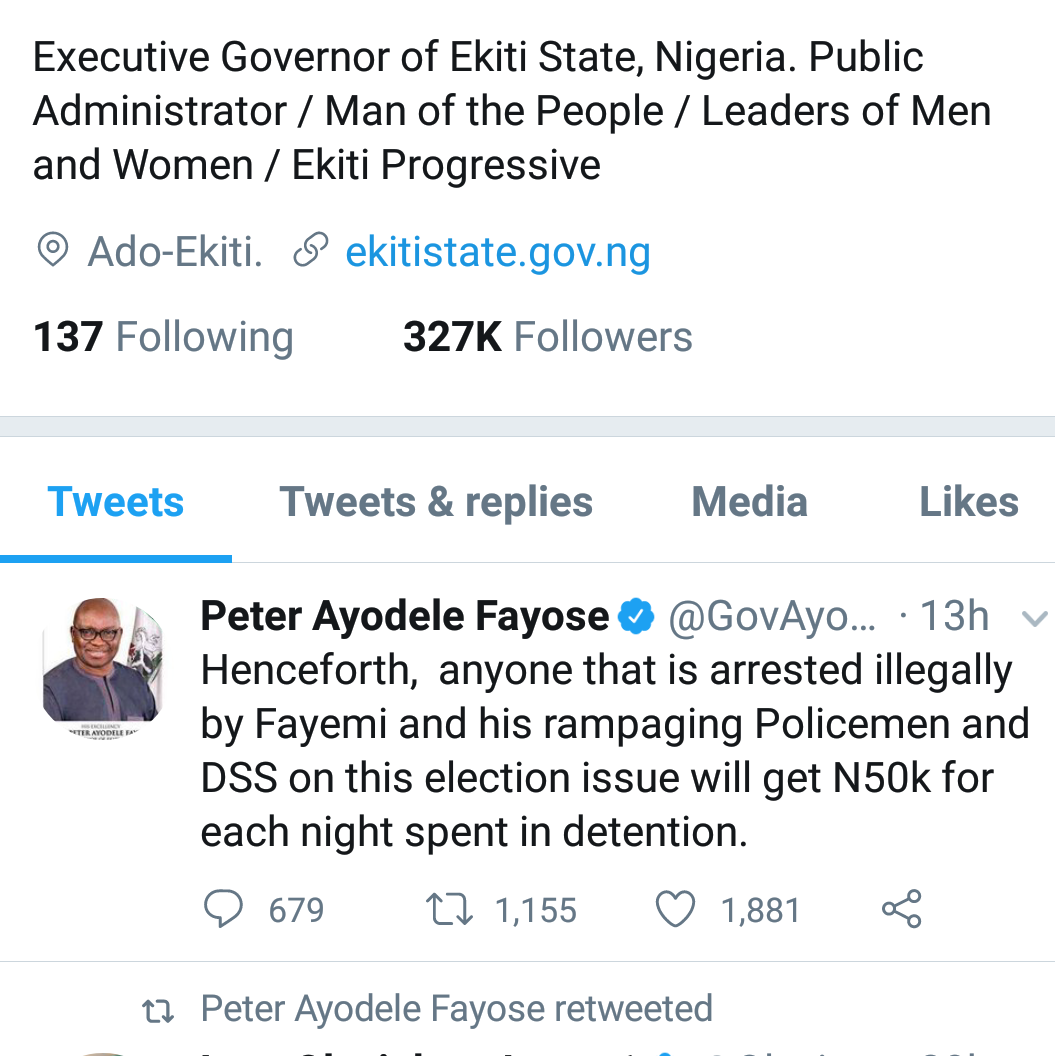
Two Frontrunners: A composite image of Deputy President and UDA leader William Ruto and Azimio leader Raila Odinga. Credit/STAR
Kenya election: Why Runoff is imminent as Odinga, Ruto run tight race
With about 70 percent of the election tally already out, leaving the major contenders, Williams Ruto and Raila Odinga running neck-to-neck, history of runoff election may likely repeat itself.
In 2018, Uhuru Kenyatta’s election ran into second ballot as he did not secure a clear win against Odinga in the first ballot.
Although Ruto is currently leading Odinga with about 7 percent of votes counted, it is still too close to call. Ruta has won 53% while Odinga has 46% of votes counted so far. The third candidate, George Wajackoyah is on distant 0.4 percent while David Mwaure Waihigahas 0.2 percent.
The electoral commission has started announcing verified counts from the 290 constituencies.To win the presidential race in the first round, a candidate needs:
more than half of all the votes cast across the country and at least 25% of the votes cast in a minimum of 24 counties; otherwise voting goes to a second round which by law has to happen by 8 September.
Kenyan’s electoral head has admitted he feels the process of verifying results from Tuesday’s vote is taking too long.
Wafula Chebukati’s comments come nearly three days after polls closed, with the outcome of the presidential election still not known.
He blamed party agents for slowing things down as results sent digitally are matched to paper originals.
Media tallies show the two leading candidates – Raila Odinga and William Ruto – are neck and neck.
But it is only the electoral commission that can declare the winner – and it has seven days to do so.
Earlier the electoral chief emphasised there was no need to panic when seeing differences in tallying numbers as they would look similar in the end.
“The results are from the same public portal; the approach [of each broadcaster] is different,” he explained.
What is happening at the main tallying centre?
This is based at a cultural centre called Bomas in the capital, Nairobi, where officials from the Independent Electoral and Boundaries Commission (IEBC) are busy verifying results.
They are comparing photographs of result forms from more than 46,000 polling stations nationwide to physical forms being brought to centre by officials from each of the 290 constituencies.
This is to ensure that the results match.
This is witnessed by party agents from the main parties, who Mr Chebukati says keep stalling by turning a straightforward exercise into a “forensic” one.
He said officials should not take more than 15 minutes to verify a result.
Counting in some polling stations was also delayed and travel to Nairobi, especially by officials from far-flung areas, could be a further factor in slowing things down
Verification was also halted for a time on Friday after a scuffle broke out, allegedly involving someone without accreditation seen with a laptop.
How are the media tallies compiled?
Teams of journalists working for various outlets have been engaged in the laborious task of uploading the figures received from each of the polling stations one-by-one.
Each media house is doing it a different speed and choosing the polling stations in a different order.
By Friday morning, local media had slowed down their count – though the reason is not clear, some saying staff were exhausted.
Mr Chebukati said he had hoped media groups would have clubbed together to tally the results, but they had decided to each go it alone.
How are Kenyans feeling?
There is a sense of anxiety in the country as disputed elections in the past have led to violence or the whole process being cancelled.
Kenya’s presidential vote: What scenarios to expect
Following the 2007 vote, at least 1,200 people were killed and 600,000 fled their homes following claims of a stolen election.
In 2017, huge logistical errors led the Supreme Court to annul the result and order the presidential poll to be re-run.
Officials are under pressure to get things right this time.
The country often grinds to a halt during elections, activities across the country have slowed and schools remain closed at least until next week on Monday. In Nairobi’s central business district, the usually busy streets are mostly deserted.
Allegations of election rigging are as old as the country. It was part of politics even before multiparty elections were re-introduced in the 1990s, but the push for free and fair elections has never faltered.
After the violence that followed the 2007 election, political parties and activists argued for the use of technology instead of physical registers, which could be easily manipulated, to verify voters.
This year’s election is the third time technology has been used but it has yet to deliver an election that has not been challenged in the courts.
Meanwhile, a group of top civil servants told reporters on Friday that preparations for a smooth handover of power would get under way as soon as the electoral commission announced the president-elect.




Recent Comments